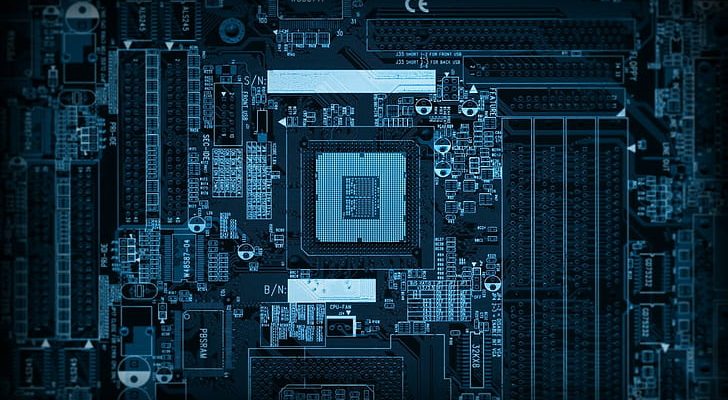
In the digital age, electronic components are the building blocks of our technologically driven lives. From the smallest resistor in a wristwatch to the complex microprocessors in supercomputers, these components are the unsung heroes behind the scenes. But have you ever wondered how these electronic components are made? In this blog post, we will delve into the fascinating process of manufacturing electronic components, shedding light on the intricate journey from raw materials to the final product.
Raw Materials
The journey of electronic components begins with raw materials. Silicon, the primary ingredient in most electronic components, is extracted from sand. Other materials like copper, gold, silver, and various rare earth elements are also used. These materials are mined, refined, and processed into a form suitable for component manufacturing.
Silicon Processing
Silicon, the backbone of electronic components, undergoes a series of complex processes before it is ready for use. It is first purified and then melted in a furnace at temperatures exceeding 1400°C. The molten silicon is then formed into a cylindrical shape known as a silicon ingot through a process called Czochralski process. This ingot is then sliced into thin wafers, which serve as the base for electronic components.
Component Manufacturing
The manufacturing of electronic components involves several steps. The first is photolithography, where a pattern is etched onto the silicon wafer using light. This pattern corresponds to the circuit design of the component. The wafer is then subjected to ion implantation, where ions are fired into the wafer to alter its electrical properties. This is followed by etching, where unwanted silicon is removed, and metallization, where metal contacts are added to the component. The components are then tested for functionality and quality.
Packaging
Once the components are manufactured, they are packaged to protect them from environmental damage and to provide electrical connections. This involves placing the component in a protective casing and attaching leads or pins for electrical connection. The packaged components are then tested again to ensure they are functioning correctly.
Conclusion
The manufacturing of electronic components is a complex, multi-step process that requires precision and expertise. Each component that powers our electronic devices is a testament to human ingenuity and technological advancement. As we continue to push the boundaries of technology, the process of how electronic components are made will continue to evolve, paving the way for even more advanced and efficient components.

